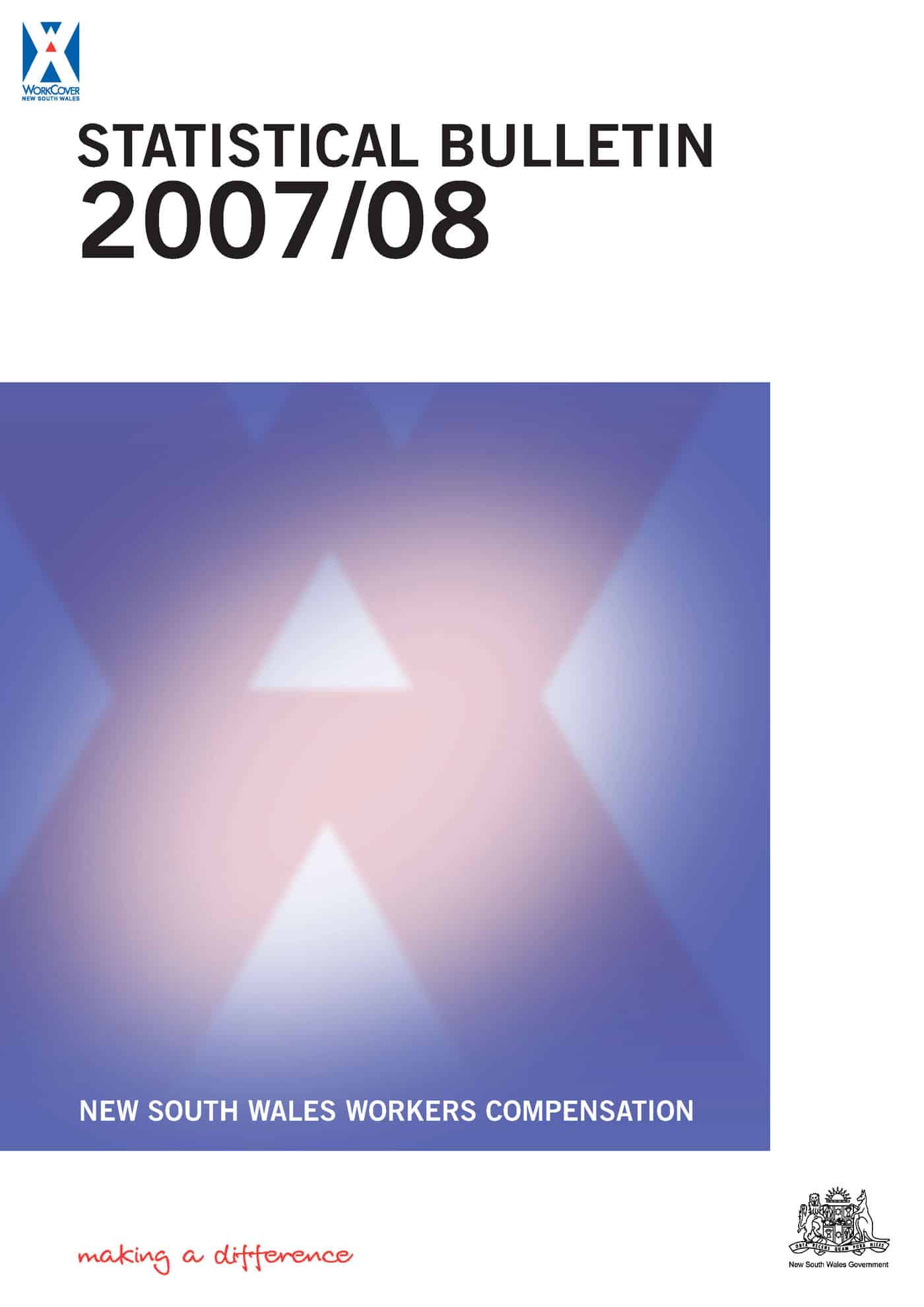On 26 July 2009, the Tasmanian Premier, David Bartlett spoke at the Tasmanian ALP conference. Below is an extract from his speech in which he refers to the State’s review of workers compensation, the Clayton Report, and reflects the national industrial relations agenda by emphasising the Australian Labor Party’s favourite word of the day – “fair”.
“Delegates,
Not only must we act to keep Tasmanians safer on our roads – but so too in our workplaces.
The Labor Party began as we shall continue – as representatives of the working men and women of Tasmania.
That is why I am pleased that we have finally been able to reform the workers compensation provisions in this State, to return a fairer balance and provide the protection that workers deserve.
I have met people as Premier who have suffered terrible injuries at work.
I met a man last year who’d lost all the fingers on one hand, and yet had not been able to access the level of worker’s compensation that he so clearly and richly deserved.
That is not fair, and that’s why we’re changing it.
Unlike our opponents, who enthusiastically supported the flawed and unfair WorkChoices regime, we stand for a fair go for Tasmanian workers.
Some will say we’ve gone too far. But this is about decency and dignity.
And it’s about respect for working people, and providing workers with the support and protections that they deserve.”



